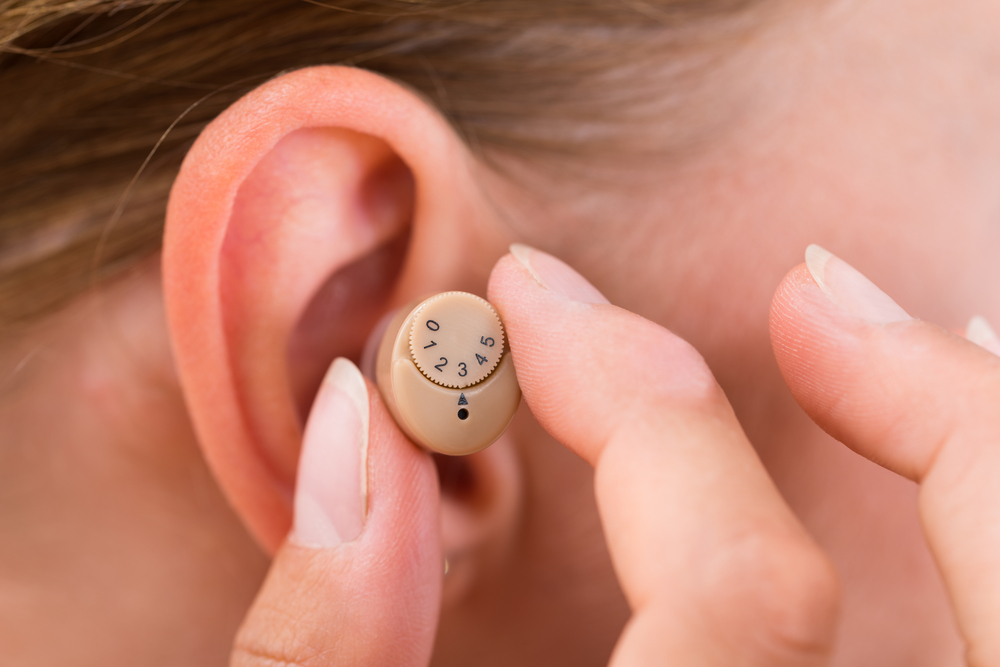Vinyl Flooring: Understanding Self-Adhesive Options and Applications
Vinyl flooring has become increasingly popular due to its durability, affordability, and ease of installation. Among the various types available, self-adhesive vinyl flooring stands out for its user-friendly application process. This article explores the world of self-adhesive vinyl flooring, its benefits for renters, cost comparisons with other flooring options, ideal installation locations, and maintenance tips.

What Is Self-Adhesive Vinyl Flooring and How Does It Work?
Self-adhesive vinyl flooring, also known as peel-and-stick flooring, is a type of vinyl flooring that comes with a pre-applied adhesive backing. To install, users simply peel off the protective layer and press the tile or plank onto a clean, smooth surface. The adhesive creates a strong bond with the subfloor, holding the flooring in place without the need for additional glue or fasteners.
This type of flooring is designed to be easy to install, making it a popular choice for DIY enthusiasts and homeowners looking for a quick flooring solution. The self-adhesive nature allows for a faster installation process compared to traditional flooring methods, often reducing the overall time and labor costs associated with flooring projects.
Is Peel-and-Stick Flooring Truly Renter-Friendly?
Peel-and-stick flooring is often marketed as a renter-friendly option, but its suitability depends on several factors. On the positive side, it offers renters a way to customize their living space without making permanent changes. The flooring can be installed without professional help and removed relatively easily when moving out.
However, renters should consider a few important points:
-
Lease agreements: Always check with the landlord before installing any type of flooring, even if it’s removable.
-
Subfloor condition: The adhesive may damage certain types of subfloors upon removal, potentially leading to disputes over security deposits.
-
Removal process: While easier to remove than traditional flooring, some adhesive residue may remain, requiring additional cleanup.
For renters, it’s crucial to weigh these factors and communicate with property owners before proceeding with peel-and-stick flooring installation.
Cost Check: Peel-and-Stick vs Click-Lock LVP vs Laminate
When considering flooring options, cost is often a significant factor. Here’s a comparison of peel-and-stick vinyl flooring against click-lock luxury vinyl plank (LVP) and laminate flooring:
| Flooring Type | Average Cost per Square Foot | Installation Complexity | Durability |
|---|---|---|---|
| Peel-and-Stick Vinyl | $1 - $3 | Easy (DIY-friendly) | Low to Medium |
| Click-Lock LVP | $2 - $7 | Moderate (DIY possible) | Medium to High |
| Laminate | $1 - $5 | Moderate (DIY possible) | Medium |
Prices, rates, or cost estimates mentioned in this article are based on the latest available information but may change over time. Independent research is advised before making financial decisions.
Peel-and-stick vinyl is generally the most affordable option upfront, especially when factoring in the potential for DIY installation. However, it may not be as durable as click-lock LVP or high-quality laminate, potentially leading to higher long-term costs if replacement is needed sooner.
Where It Works Best and Where to Avoid It
Self-adhesive vinyl flooring can be an excellent choice for certain areas of the home, while it may not be suitable for others. Here’s a guide to help determine where it works best:
Ideal locations:
-
Laundry rooms
-
Guest bathrooms
-
Mudrooms
-
Temporary living spaces (e.g., dorm rooms)
-
Low-traffic areas
Areas to avoid:
-
High-moisture environments like main bathrooms or basements
-
Areas with direct sunlight exposure
-
High-traffic zones in commercial settings
-
Uneven or damaged subfloors
The key to successful installation is ensuring a clean, dry, and level surface. Areas prone to moisture or temperature fluctuations may compromise the adhesive’s effectiveness, leading to peeling or warping over time.
Maintenance and Spot Repairs: Replacing Individual Tiles
One advantage of self-adhesive vinyl flooring is the ability to replace individual tiles or planks if they become damaged. This feature can extend the life of the flooring and maintain its appearance without a full replacement. Here’s a brief guide on maintenance and spot repairs:
-
Regular cleaning: Sweep or vacuum regularly and use a damp mop with a mild cleaner for deeper cleaning.
-
Avoid excess water: While vinyl is water-resistant, excessive moisture can weaken the adhesive.
-
Replacing damaged tiles:
-
Carefully lift the damaged tile using a putty knife or heat gun.
-
Clean the exposed subfloor thoroughly.
-
Peel and stick a new tile in place, ensuring proper alignment.
-
Press firmly to activate the adhesive.
-
By following these maintenance tips and addressing damage promptly, self-adhesive vinyl flooring can remain an attractive and functional flooring option for years to come.
In conclusion, self-adhesive vinyl flooring offers a versatile and cost-effective solution for many homeowners and renters. While it may not be suitable for every situation, its ease of installation, affordability, and potential for easy repairs make it an attractive option for those looking to update their flooring quickly and efficiently. As with any home improvement project, careful consideration of the specific needs of the space and proper installation techniques are key to achieving the best results.




